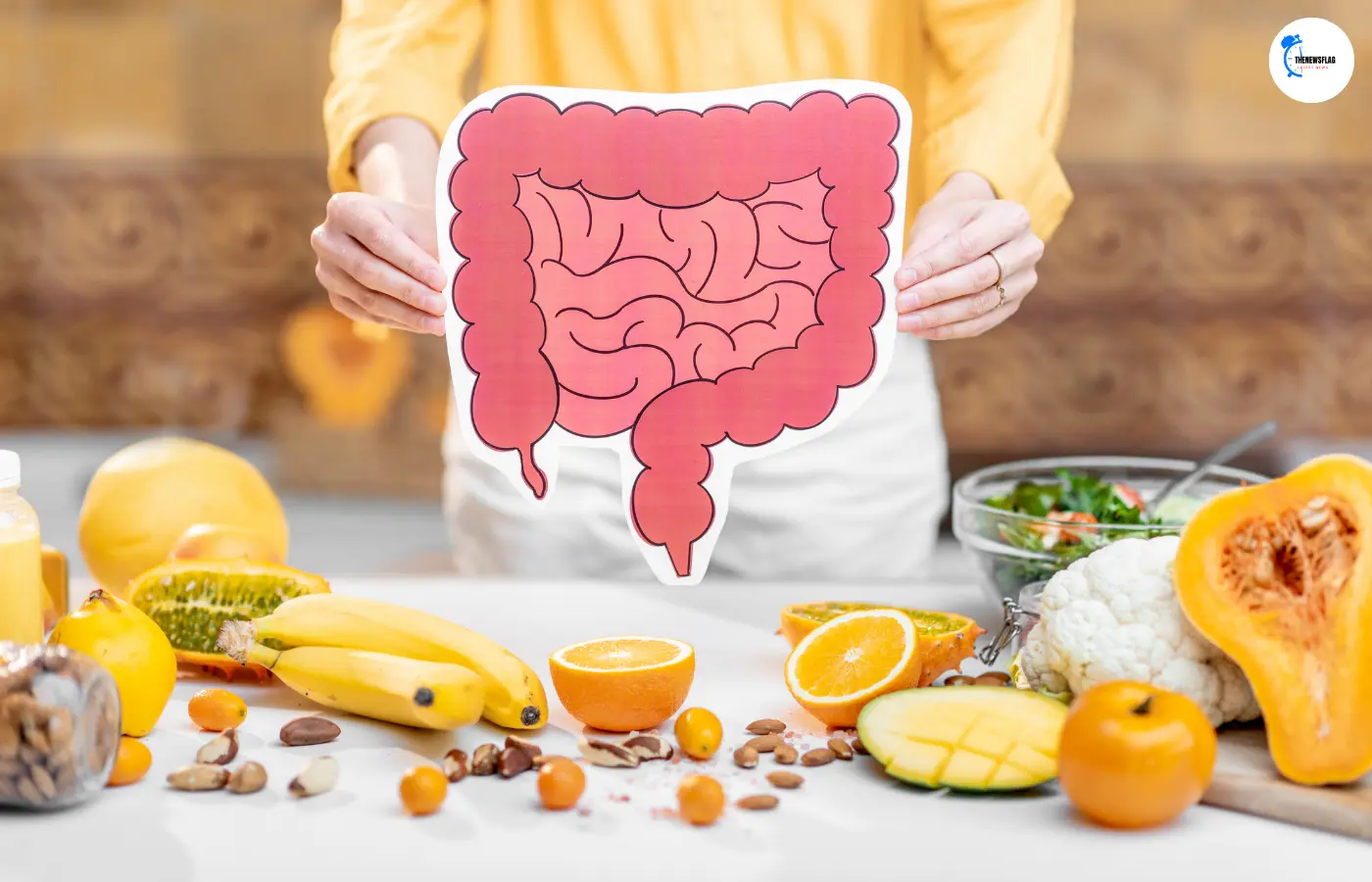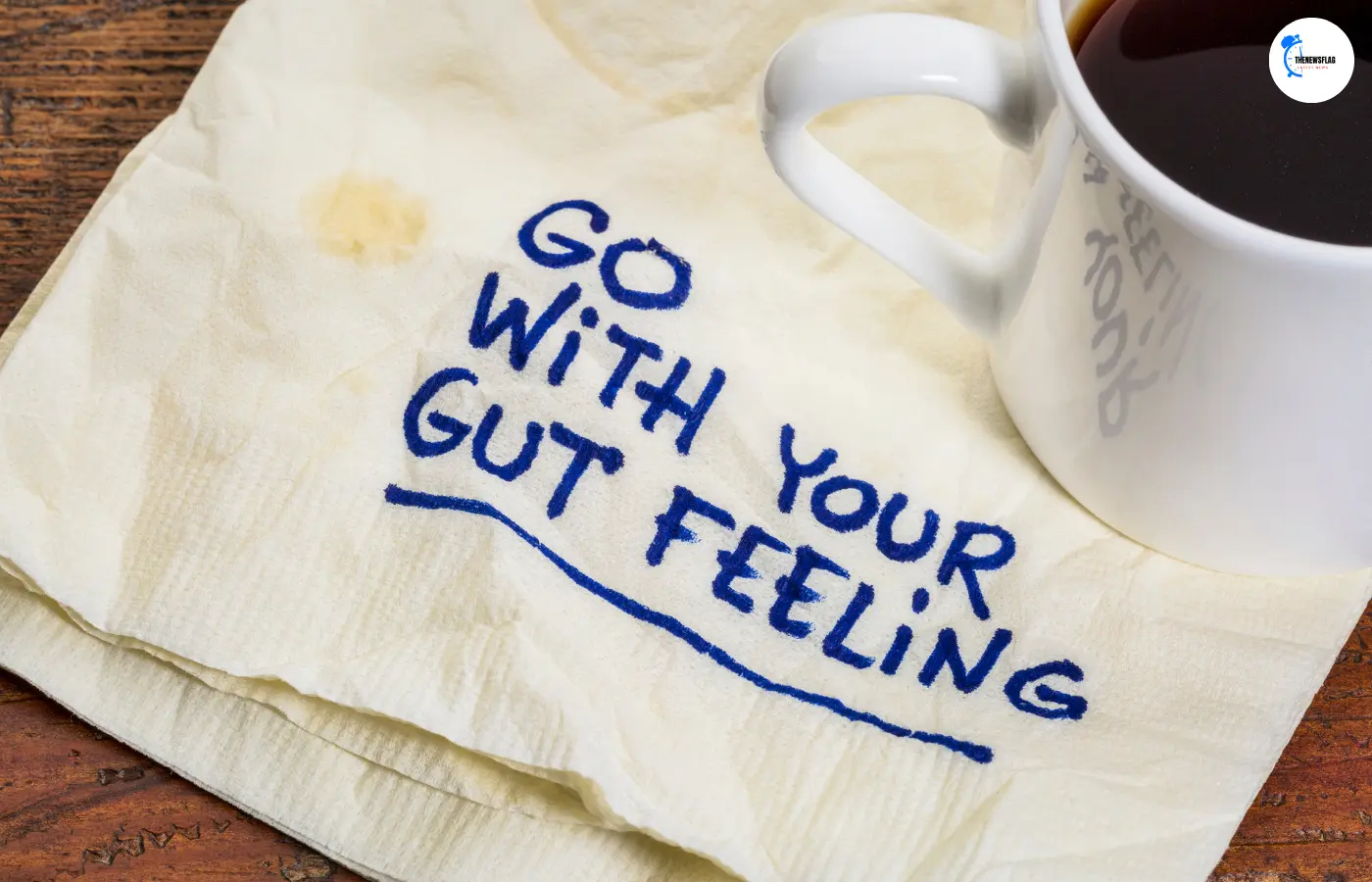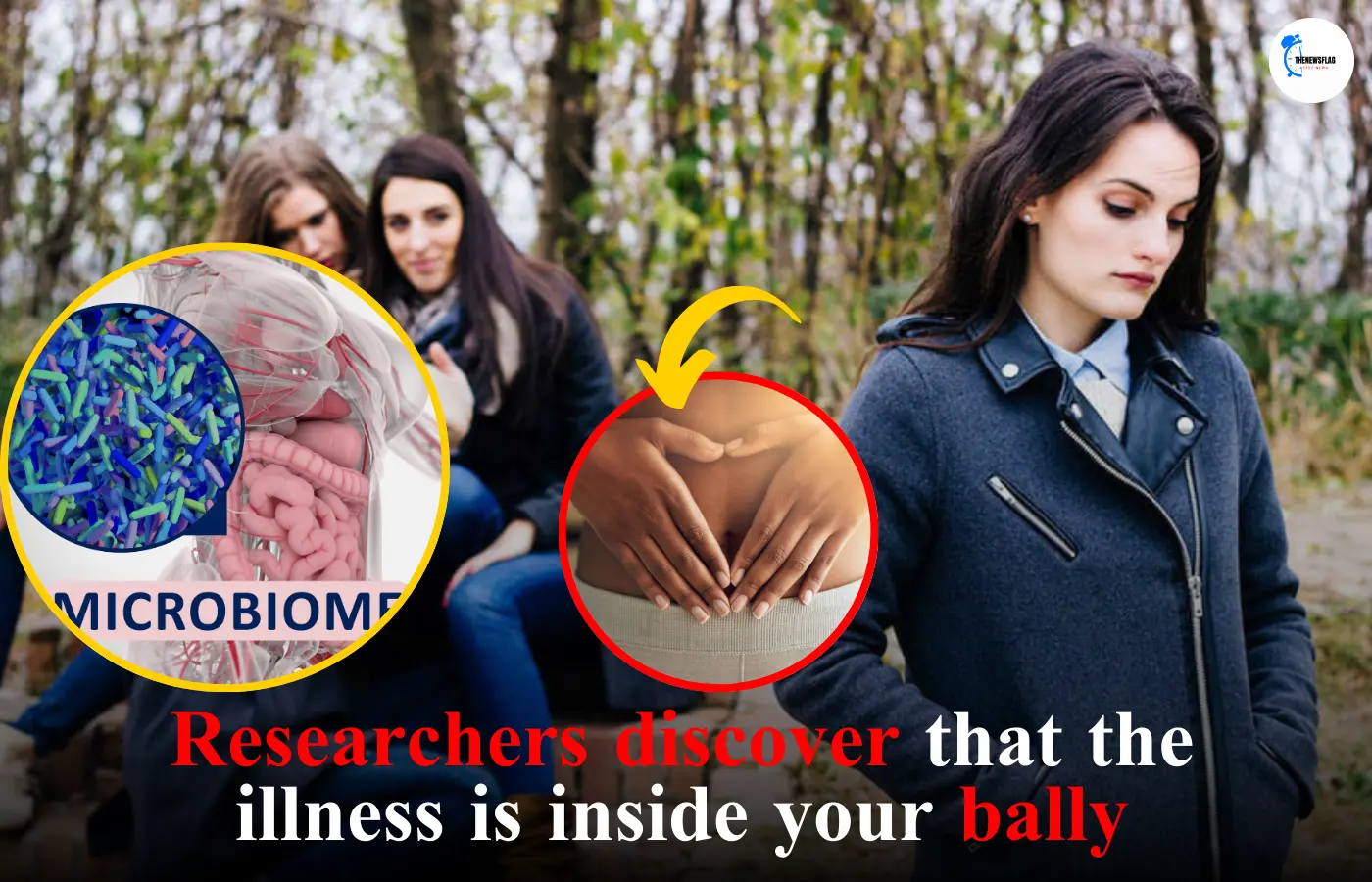Researchers have discovered that social anxiety is a gut disease that could lead to novel treatments for the 15 million adults in the US who suffer from it. When gut microorganisms from a person with the illness were transplanted into mice, researchers at University College Cork in Ireland saw that the animals displayed social phobia behaviors ten days after the transplant.
The hormone corticosterone, which regulates energy, immunological responses, and stress responses, was also found to be at lower levels in the animal participants, the researchers discovered.
Here is the experiment:
- Normal mice were given gut bacteria from social anxiety sufferers.
- The mice remained healthy following the transplant, but they developed social anxiety.
- According to scientists, treating anxiety by focusing on the gut may be a promising approach.
‘The microbiota–gut–brain axis is an ideal target for identifying innovative therapies to enhance symptoms’ to alleviate social anxiety in people, the researchers concluded from their findings.
These findings contribute to an expanding body of evidence demonstrating a complicated relationship between the gut and the brain, raising the possibility that problems originating in the gut may be partially or entirely remedied to cure mental health concerns such as anxiety, depression, autism, and other mental illnesses.

Our Recommendation:
- Psittacosis symptoms and treatment of parrot fever
-
CDC Chicago Reports 4 more Measles Cases: Case of Measles Confirmed in Pilsen Shelter
Crucially, immune system indicators revealed that the mice’s immune systems had been compromised following the transplant, indicating that inflammatory chemicals that can pass from the stomach to the brain are involved in the so-called “gut-brain axis.”
This investigation was a spin-off of an ongoing human research project that the scientists were conducting.
The gut microbe samples were obtained from volunteers in a study investigating the connection between gut microorganisms and social anxiety in humans.
Thus, they experimented while they had the samples.
The study’s scientists began with 12 microbiome samples, or fecal samples, from six individuals who had been officially diagnosed with social anxiety disorder (SAD) and six individuals who had not.
All of the participants had to attest that they were not using any nutritional supplements or psychiatric drugs that might have an impact on their microbiota before they could be added to the study.
To “deplete the resident microbiota,” mice were given a combination of four different antibiotic medications for a week before to the investigation.
Stated differently, an intestinal clean slate was granted to them.

Next, six different mice were implanted with each participant’s donated excrement, for a total of 72 mice: 36 of the mice received transplants from individuals with SAD, and the remaining 36 received transplants from individuals without the disease.
To make sure the new microbiome took hold, researchers fed a feeding tube containing the new microbiota into each mouse’s stomach for three days straight. The mice were put through a battery of tests ten days into the treatment to look at a variety of functions, such as sociability, general anxiety, gastrointestinal function, sadness, and fear.
The two mouse groups did not differ in their performance on most tests. However, on one test—a social fear test—the group that had received the transplant from SAD patients fared far worse. In this experiment, fear was produced in the mice and reactivated by social cues; the duration of the fear was then recorded.
The SAD group was no less sociable than the others, even though it took them a lot longer for their social dread to go away. The SAD group was no less sociable than the others, even though it took them a lot longer for their social dread to go away.
The researchers concluded that social anxiety in mice was what they were seeing. Social anxiety can also exist in people, especially in those who would like to be gregarious. That’s why the illness may be so upsetting.

The mouse microbiomes were found to differ significantly between the two groups, indicating that the gut microorganisms of the two groups of people—those with and without SAD—were significantly different. These mice remained essentially healthy, but they displayed some distinct alterations in their brains along with their newly discovered social anxiety.
In particular, oxytocin, the so-called “love hormone,” which is crucial for fostering relationships between people in social and romantic contexts, was shown to be reduced in the brain area known as the stria terminalis bed nucleus.
The SAD-transplanted mice exhibited significant alterations in this area of the brain, which is crucial for anxiety and stress reactions.
Furthermore, the SAD transplant mice showed decreased expression of oxytocin-related genes in the prefrontal brain and medial amygdala. These regions of the brain are related to personality and fear, respectively.
Furthermore, the SAD transplant mice showed decreased expression of oxytocin-related genes in the prefrontal brain and medial amygdala. These regions of the brain are related to personality and fear, respectively.
___Read Also:





